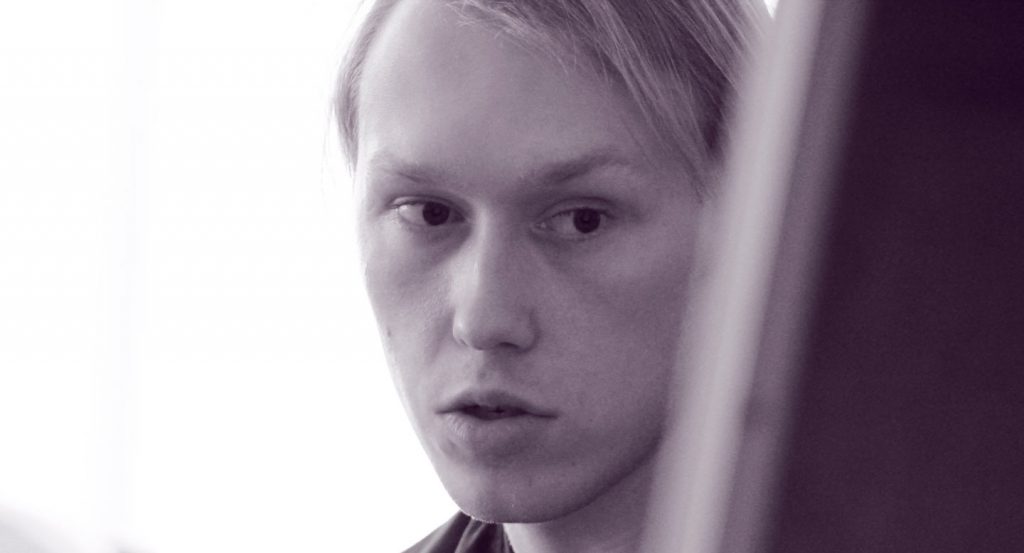Way back in 2012, as Kolba Lab was just getting off the ground, we held a Social Innovation Camp on Human Rights called HuRiLab. Over the course of 48 hours a collection of idea holders, designers, IT experts and out-the-box thinkers got together to create some tangible solutions, opening up problems traditionally locked away in the domain of policymakers and legal experts.
Jan Guardian, from Belarus, had an idea of a prototype accessibility map for people with disabilities. Last month, after two years’ part-time work, plus plenty of blood, sweat, and tears along the way, his project ‘Ease of Access’ was officially launched. We caught up with Jan to find out how things had gone.

How did you come up with the idea behind your venture and how long had you been thinking about your idea before joining HuRiLab in Armenia?
My first motivation came from a visit to Sweden, when I was 13. Unlike in Belarus, during my time in Sweden I remember being impressed by all the accessibility infrastructure, and seeing how comfortable people with disabilities felt in the streets and in public buildings. When I came back home, I realized that our accessibility infrastructure was extremely limited, and because of this, people with disabilities in Belarus could not enjoy their life or realize their full potential. Along with this, still, there were positive developments regarding this issue that not everyone was aware of.
I started thinking that something should be done about this, but at the time I was too young to take action. It was only when years later, in 2012, that my idea began to develop further. Around that time, I acquired a new Nokia phone, which had two preinstalled map and GPS navigation apps called ‘Here Maps’ and ‘Here Drive’ respectively. To my disappointment, however, I found that a map of my homeland, Belarus, was missing from both apps and there were no prospects of it appearing in the near future. I googled the issue and it turned out that there were others who shared my disappointment. After fishing around a bit I learnt that ‘Here’ had an online mapping service providing users with a possibility to draw street maps in their own countries, but this service was heavily underdeveloped and was still in testing phase.
I lodged a complaint on the ‘Here’ feedback page and offered to open the map of Belarus for editing. In just two weeks my suggestion gained support from nearly 3,000 voters and ‘Here’ agreed to my proposal. Along with a few accomplices, I created a group on the largest social network in the eastern European and central Asian countries and we began drawing the map. The results were amazing! In just one month 400 people came together to draw most of the roads across the country. I suddenly realized that within civil society there was huge potential to solve some our most burning problems together. All that we needed were the proper tools!
How did you discover HuRiLab and what motivated you to take part?
It was around that time that I learnt about HuRiLab through a newsletter by the Human Rights House Foundation, an international human rights organization with a Belarusian branch currently in exile in Vilnius, Lithuania. Memories of my visit to Sweden popped out and all the pieces of the puzzle came together in a blink of an eye: our society could draw an accessibility map for people with disabilities, building on my experience of the street map in Belarus. HuRiLab was the ideal starting point to help me shape my idea.
What was the biggest challenge you faced in transforming your idea into a working venture?
The biggest challenge actually comprised several elements. First, there was the technical complexity of the software that had to be written, coupled with the absence of volunteer programmers and my humanitarian background. This meant that I had zero knowledge and experience with all the programming languages required to bring the idea to life. On top of this, I couldn’t outsource the development of the accessibility map to an external company because the cost was extremely high. In the end I had no other choice but to learn how to code from scratch – I spent a long time picking up skills in HTML, CSS, Javascript, jQuery, PHP and other technologies.
Did you have times when things didn’t go the way you wanted? When people didn’t see the potential of your idea or a project that didn’t turn out the way you had hoped?
Not really. My main problem was that I often found myself becoming frustrated. I would be at work throughout the day, then I’d go home and have to spend most of my evenings coding. There were weeks and even months when I abandoned the project altogether for the sake of getting some rest.
What would be your advice to other enthusiasts who want to take the initiative like you did?
If you want something done right – do it yourself.